During perimenopause apart from mood changes such as anxiety, the menopause blues and mood swings, we may also experience changes in our PMS.
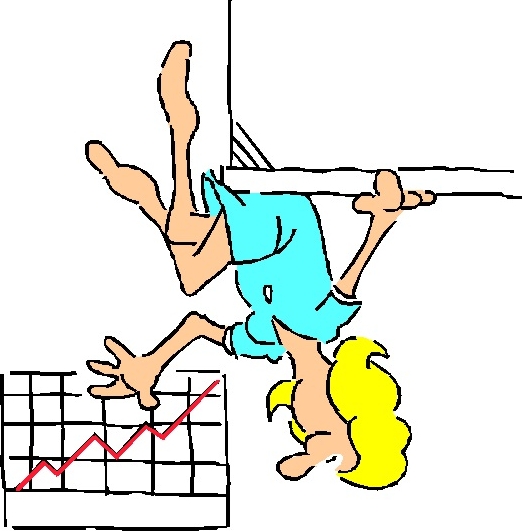 Perimenopause Hormones
Perimenopause Hormones
During perimenopause do our hormones declined in a regular fashion?
In Sexual Health & Menopause Online: Changes At Midlife – Changes In Hormone Levels: Estrogen the North American Menopause Society elaborate on:
Perimenopause PMS
During perimenopause may our PMS symptoms get worse?
In Premenstrual Syndrome (PMS): Does PMS Change With Age? the Office on Women’s Health, United States Department of Health and Human Services, Womenshealth.gov explain:
 “Yes. PMS symptoms may get worse as you reach your late 30s or 40s and approach menopause and are in the transition to menopause, called perimenopause.
“Yes. PMS symptoms may get worse as you reach your late 30s or 40s and approach menopause and are in the transition to menopause, called perimenopause.
This is especially true for women whose moods are sensitive to changing hormone levels during the menstrual cycle. In the years leading up to menopause, your hormone levels also go up and down in an unpredictable way as your body slowly transitions to menopause. You may get the same mood changes, or they may get worse.
PMS stops after menopause when you no longer get a period”.
In Premenstrual Disorders & Menopause: Perimenopause & Natural Menopause – How May Being Perimenopausal Affect My PMDD/PME? the International Association for Premenstrual Disorder’s (IAPMD) elaborate on:
Premenstrual Syndrome (PMS)
What is PMS?
Depending on the Source (DotS), the definition of PMS may vary. In PMDD/PMS: Premenstrual Syndrome (PMS) the (United States) Massachusetts General Hospital) MGH Center for Women’s Mental Health’s definition is:
Premenstrual Dysphoric Disorder (PMDD)
What is PMDD?
DotS, the definition of PMDD may vary. In PMDD/PMS: Premenstrual Dysphoric Disorder (PMDD) the MGH Center for Women’s Mental Health’s definition is:
How may PMDD be diagnosed?
In Tracking Your Cycle & Symptoms the IAPMD note:
Monthly Diary
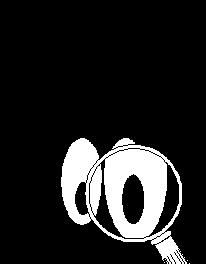 May keeping a monthly diary help?
May keeping a monthly diary help?
In Menstrual Diary the (United Kingdom) National Association for Premenstrual Syndrome explain:
Our chart helps you to record accurately your menstrual cycle, to note related symptoms as they occur, to define when you are symptom-free, to plot your days of menstruation and to note the duration of your cycle”.
In Premenstrual Syndrome – Self-Care: Keep A Diary of Symptoms the (United States) MedlinePlus explain:
- The type of symptoms you are having
- How severe your symptoms are
- How long your symptoms last
- Whether your symptoms respond to a treatment you tried
- At what point during your cycle your symptoms occur
You may need to try different things to treat PMS. Some things you try may work, and others may not. Keeping track of your symptoms may help you find the treatments that work best for you”.
Monthly Diary Format
Where may I find a monthly diary format so I can record any symptoms I have?
Your Country may have Links similar to:
Health Care Provider
What if I would like help with PMS or PMDD or PME?
If you would like help with PMS or PMDD or PME (Premenstrual Exacerbation), it may be in your best interest to choose to talk to your health care provider about this.
In Premenstrual Syndrome (PMS): Living With – When Should I See My Healthcare Provider? the (United States) Cleveland Clinic explain:
Health Topics A-Z
Where may I find Health Topics A-Z related to Meno Martha, PMS and Perimenopause?
In Health Topics A-Z you may find:
Links
Where may I find Links related to Meno Martha, PMS and Perimenopause?
Your Country may have Links similar to:
Links
This Links List to third party websites is neither comprehensive nor exhaustive. Inclusion on this Links List does not imply endorsement or recommendation. Non-inclusion on this Links List does not imply non-endorsement or non-recommendation. Third party websites are not under the control of Meno Martha International Menopause Directory. Third party websites may contain explicit medical images and/or sexual references. Please read Meno Martha International Menopause Directory’s Links Policy before proceeding to a Link. Please contact Webmaster if you experience a problem with a Link.New or Updated
- IAPMD Position Statement on Integrative, Complementary and Alternative Medicine
- Iapmd.org [International Association for Premenstrual Disorders]
- Iapmd.org [International Association for Premenstrual Disorders]: Learn [+ Podcasts]
- Later Years (Around 50 Years and Over): Menopause and Post Menopause Health – Menopause and Your Mental Wellbeing [+ Video: Menopause Only Affects You Physically!] [Other Languages and Formats]
- Let’s Talk About Perimenopause
- Mastering Midlife Mood Changes With Marlene Freeman, MD
- Menopause Depression
- Menopause Map: Downloadable Resources – My Personal Path Print Tools: Questions for Your Health Care Provider
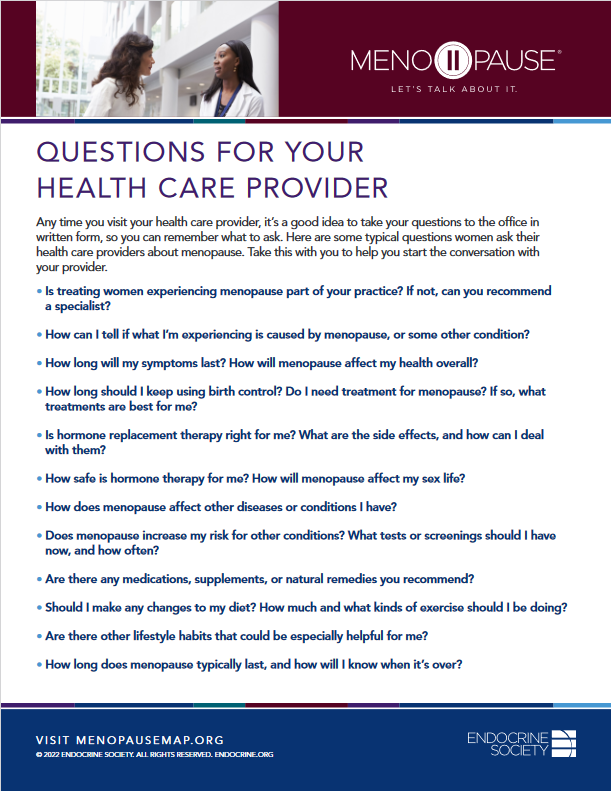
- Menopause Map: Downloadable Resources – My Personal Path Print Tools: Symptom Tracker
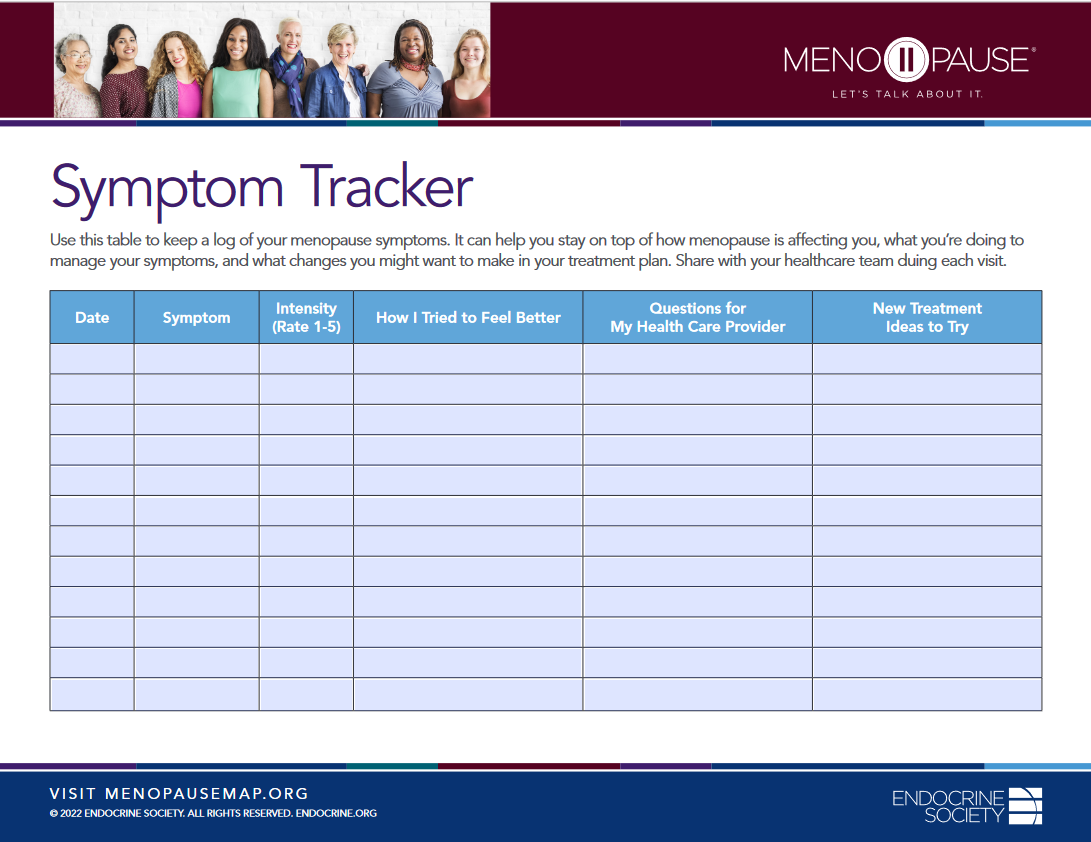
- Menopause Preparedness Toolkit: A Woman’s Empowerment Guide
- Menopause and Mental Health
- Menopause: Understanding the Changes and Finding Relief | Dr Susan Davis | The Proof Podcast EP 256
- Menstrual Diary
- Mood and the Menopause
- PMD Awareness Month 2024 [April]

- PMDD/PMS
- PMDD/PMS: Premenstrual Syndrome (PMS)
- PMDD/PMS: Premenstrual Dysphoric Disorder (PMDD)
- PMDD / PME – Understanding and Coping With Premenstrual Anger, Irritability, & Hypersensitivity
- PMDD/PME Self Screen
- PMS & PMDD
- PMS (Premenstrual Syndrome)
- PMS, PMDD and You
- Perimenopause
- Perimenopause
- Perimenopause and Menopause Symptom Checklist
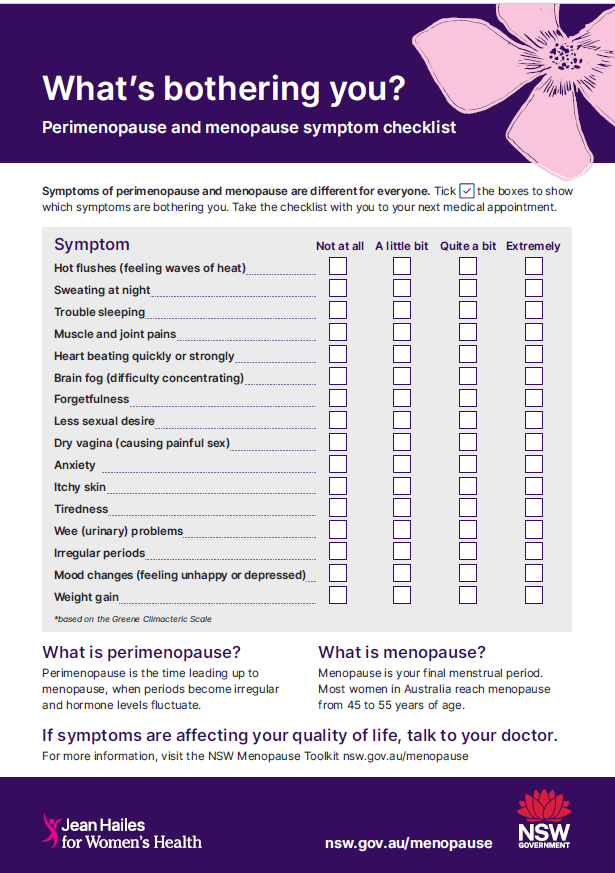
- Pms.org.uk [National Association for Premenstrual Syndromes, United Kingdom]
- Premenstrual Disorders & Menopause
- Premenstrual Disorders, Timing of Menopause, and Severity of Vasomotor Symptoms
- Premenstrual Dysphoric Disorder: Different From PMS?
- Premenstrual Syndrome
- Premenstrual Syndrome (PMS)
- Premenstrual Syndrome (PMS)
- Premenstrual Syndrome (PMS)
- Premenstrual Syndrome (PMS)
- Premenstrual Syndrome (PMS) [+ Video]
- Promoting Good Mental Health Over the Menopause Transition
- Push Back Against PMS
- Self-Help Tool: Periods and Mental Wellbeing
- The Lancet: Series From the Lancet Journal – Menopause 2024
- The Truth About Menopause Supplements | Dr Sarah Berry
- Therapy Could Be Effective Treatment for Non-Physical Symptoms of Menopause
- Tips To Help Manage Menopause Symptoms
- Understanding Premenstrual Disorders – PMDD and PME Explained [Video]
- Video Series-2024: Preparing for Your Menopause Health Care Visit
- Videos and Podcasts: Videos – Interviews: A Simple Approach To Menopause: The Menopause Quick Six (www.MQ6.ca)
- What Everyone Should Know About Menopause Symptoms
- What Is PMDD?
- What Is PME? [Premenstrual Exacerbation]
- Your Periods, ADHD & the Multiple Hormone Sensitivity Theory


